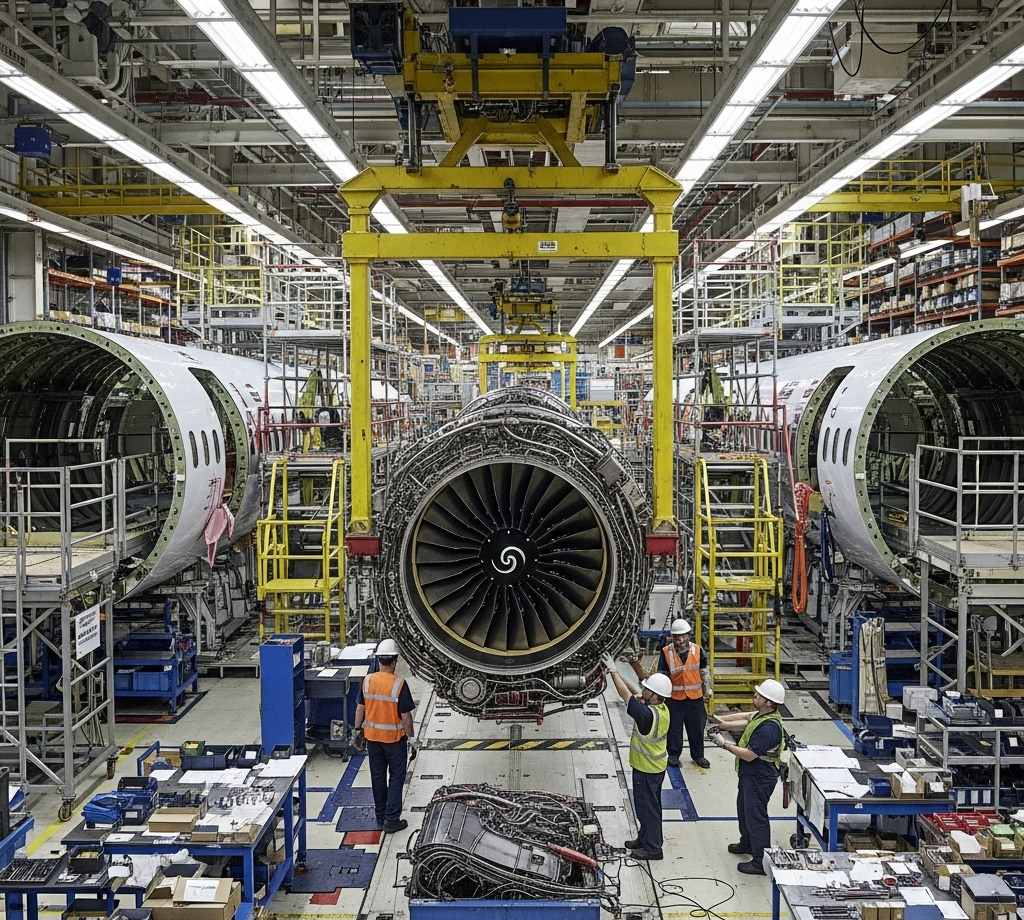
In today’s fast-paced manufacturing and supply chain environments, managing inventory isn’t just about keeping shelves stocked—it’s about balancing efficiency, cost, and reliability. Long-lead components, which can take weeks, months, or even over a year to procure (think specialized PC boards or custom metal parts), and high-cost equipment components, which tie up significant capital, present unique challenges. Poor management can lead to production delays, inflated carrying costs, or excess stock that drains resources. This blog post explores practical strategies to handle these items effectively, drawing from industry best practices to help you optimize your operations.
Long-lead items often stem from complex supply chains, global sourcing, or material shortages, making them vulnerable to disruptions like international holidays or geopolitical events. For instance, electronic components might have lead times exceeding 12 months due to specialized manufacturing processes. High-cost components, on the other hand, amplify financial risks—overstocking them immobilizes cash, while understocking halts production and incurs opportunity losses.
Common pitfalls include:
Addressing these requires a mix of proactive planning, technology, and collaboration.
To tame long-lead times, focus on reducing variability and building resilience into your supply chain. Here are key strategies:
Share demand forecasts with suppliers to align production schedules and reduce surprises. Weed out unreliable vendors by evaluating their track record and diversifying sources. For components with extended lead times, arrange for suppliers to hold buffer stock on your behalf, ensuring quick access without tying up your own warehouse space.
Maintain a calculated safety stock to cover lead time variances, but base it on data-driven forecasts rather than guesswork. Use reorder points that factor in historical demand, lead time fluctuations, and sales input for accuracy. Tools like inventory management software can automate notifications when stock dips below thresholds, accounting for the full lead time cycle.
Place small, frequent orders instead of large batches to minimize risk and improve cash flow. Be open to alternative manufacturers or materials to shortcut delays. For global supply chains, prepare for disruptions by monitoring events like holidays and adjusting orders accordingly.
Automate workflows for order processing and inventory tracking to shave time off manual tasks. Vendor-managed inventory (VMI) programs let suppliers handle restocking automatically, reducing your administrative burden and stockouts.
High-cost items demand precision to avoid financial waste. Prioritize visibility, security, and efficiency:
Adopt a centralized system for real-time tracking of assets, distinguishing between owned and rented equipment to prevent double-counting or unnecessary purchases. For IT or hardware-heavy inventories, this ensures easy access to data on usage and location.
Start with thorough audits to baseline your inventory, then categorize items (e.g., using ABC analysis where ‘A’ items are high-value). Periodic surveys help identify discrepancies, while classifications guide storage and handling priorities. In sectors like medical devices, standardize processes to comply with regulations and reduce errors.
Implement specialized security for high-value parts, such as restricted access warehouses. Train employees on inventory policies to minimize theft or misuse. Use barcodes or QR codes for quick scans and perpetual inventory checks.
For remote operations, focus on spare parts optimization to avoid overstocking while ensuring availability. In maintenance, repair, and operations (MRO) contexts, establish clear policies for vendor management and regular audits to control costs.
Combining strategies for long-lead and high-cost items often involves technology:
In regulated industries like medical devices, these tools also support compliance by enabling traceability and reducing costs.
Managing inventory for long-lead or high-cost equipment components requires foresight, collaboration, and smart tools. By forecasting accurately, partnering with reliable suppliers, and leveraging automation, you can minimize risks and maximize efficiency. Start small—audit your current setup and implement one or two practices today. With consistent effort, you’ll turn potential pitfalls into competitive advantages, keeping your operations running smoothly in an unpredictable world.
© 2025 Lasso Supply Chain Software LLC
Get instant access to our report on the Top Procurement Trends of 2025 by filling out the form below.

Get instant access to our report on the Top Procurement Trends of 2025.